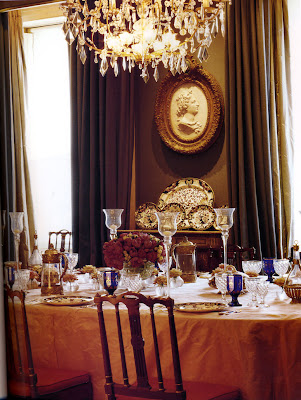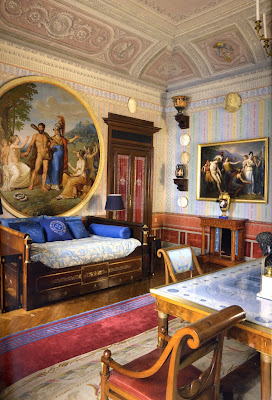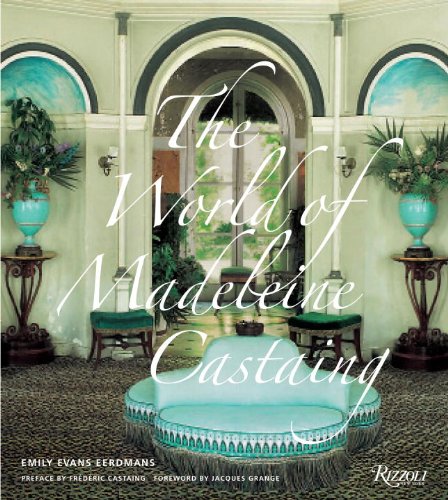
There's been much talk about the shuttering of various shelter magazines - the collapse of
Domino most notably stunned and saddened many. In an overcrowded market, one could assert that a correction is taking place and that the fittest and most desirable will be still standing once this recession-depression is over. However when it's the cream of the crop that's evaporating instead of the powdered milk, one wonders if the problem doesn't lie elsewhere.
A similar winnowing is going on in the English antiques trade. The rule of thumb has always been that when times are tough, the demand for middling goods disappears while there will always be a demand for the best. (This was borne out by the YSL sale recently.) Over the past few years however, several of the top English furniture dealers have closed their doors - even the leader of the pack, Mallett, has recently staged a
coup d'etat, ousting long-term director Lanto Synge for a younger director who will promote their contemporary furniture line Meta.

The latest casualty is Norman Adams, founded in 1923, and the remnants of their collection will be offered by Sotheby's London this April.
Why this is particularly sad is that the institutional knowledge that has been passed down through the generations is disappearing. This struck me again after watching
Valentino: The Last Emperor. The loss of Valentino to the couture trade means the slender threads connecting fashion to its past traditions of Dior and beyond are even more tenuous.

So why is it that quality is no guarantee of survival? Perhaps it is that tastes have so radically changed that the outmoded must disappear and when the pendulum swings back, a new crop of dealers, designers, et al will find their way. Perhaps it is that we are becoming less educated and appreciative of craftsmanship and materials, instead prefering the thrill of the easy and often acquisition over something more substantial and costly.
In the case of the media, when even a magazine very much in demand like
Domino can't survive, something more seismic seems to be afoot. Clearly the business model of relying on ad revenues isn't sustainable, but would it be enough to charge more for a subscription? Even though blogs are here to stay - constant and instantaneous information flow as well as a sense of community are two major factors, they can't replace the high production values of magazines unless they too started paying photographers and writers.
 House and Garden was one of the first shelter magazines, launched in 1901. It was closed for the second time in 2007.
House and Garden was one of the first shelter magazines, launched in 1901. It was closed for the second time in 2007.What do you think? Will all magazines become virtual? Would you pay to subscribe to a blog?
Top image of the Execution of Marie Antoinette








 Praz elaborates:
Praz elaborates: 















































